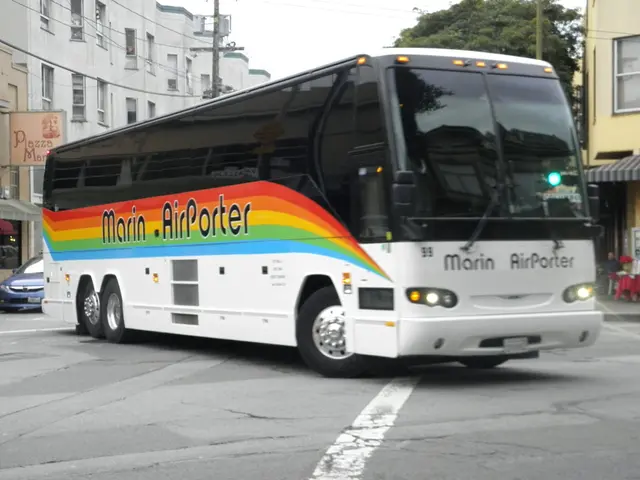Entire GM Cruise fleet deemed unsafe due to sudden braking incidents called for immediate recall
In a series of events that have raised safety concerns, Cruise, General Motors' autonomous vehicle subsidiary, has been under intense scrutiny since last year.
The National Highway Traffic Safety Administration (NHTSA) opened a preliminary evaluation of the unexpected braking events and immobilizations of Cruise vehicles on Dec. 12, 2022, after receiving three reports of rear-end collisions with Cruise vehicles. These incidents occurred while the vehicles were being operated autonomously in 'supervised mode' with a safety driver behind the wheel.
The braking problem in Cruise AVs was determined to be largely dependent on the vehicle's location and 'detectability of the vehicle due to hazard lights automatically engaging,' according to the NHTSA report. The problem contributed to 10 crashes, four of which involved a 'vulnerable road user' and resulted in injury.
In response, Cruise began a comprehensive review of its software, conducting updates throughout 2023 and during the pause of its operations from Oct. 26, 2023, through May 13, 2024. The updates included improvements to the vehicle's perception, prediction, and path planning capabilities to reduce the risk of unexpected braking.
Following the updates, Cruise met with NHTSA officials on Feb. 29 and again on May 9 to demonstrate the effectiveness of its updated software. The NHTSA noted that Cruise complied with all of its information requests and provided various documents and videos for the agency to review.
The NHTSA has requested a recall of all Chevy Bolt ride-hailing vehicles with older versions of Cruise's Automated Driving System software, released before May 14. Cruise AVs with the older software may unexpectedly brake when a cyclist or vehicle approaches from the rear, increasing the chance of a collision. The recalled software was installed in all of the 1,194 vehicles in Cruise's U.S. fleet.
While the vehicles are currently being tested, they will not be picking up paying passengers as the company continues to refine its autonomous driving system. Cruise has been conducting further tests of their autonomous vehicles in San Francisco without carrying passengers since April 2023.
Following the incident where a Cruise robotaxi struck a woman and dragged her under the vehicle in San Francisco, the Department of Justice and Securities and Exchange Commission opened investigations. In response, Cruise dismissed nine of its top executives and laid off 24% of its workforce in December 2023. Cruise's permits to operate its vehicles on public roads in California were suspended due to the incident in January.
Despite the setbacks, GM CEO Mary Barra expressed confidence that Cruise is on the path to return to driverless operations with much safer technology. In addition to San Francisco, Cruise is also testing its AVs in Dallas and Houston. Since April, Cruise has begun deploying mapping vehicles on public roads in Phoenix for the first time since it was forced to pause operations last fall. Cruise's operations in Phoenix will gradually expand as it reaches its predetermined safety benchmarks.
The co-founders of Cruise, former CEO Kyle Vogt and Daniel Kan, resigned in November of the same year. The future of Cruise's autonomous vehicles remains uncertain, but the company is working diligently to address the safety concerns and regain public trust.
Read also:
- MRI Scans in Epilepsy Diagnosis: Function and Revealed Findings
- Hematology specialist and anemia treatment: The role of a hematologist in managing anemia conditions
- A Week in Pixelized Realm: The Transformation of the World in Digital Form
- Enhancing the framework or setup for efficient operation and growth




